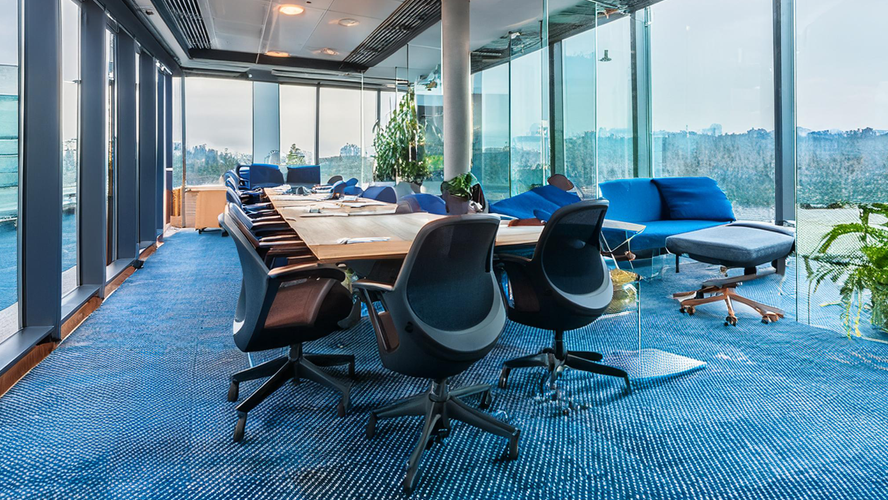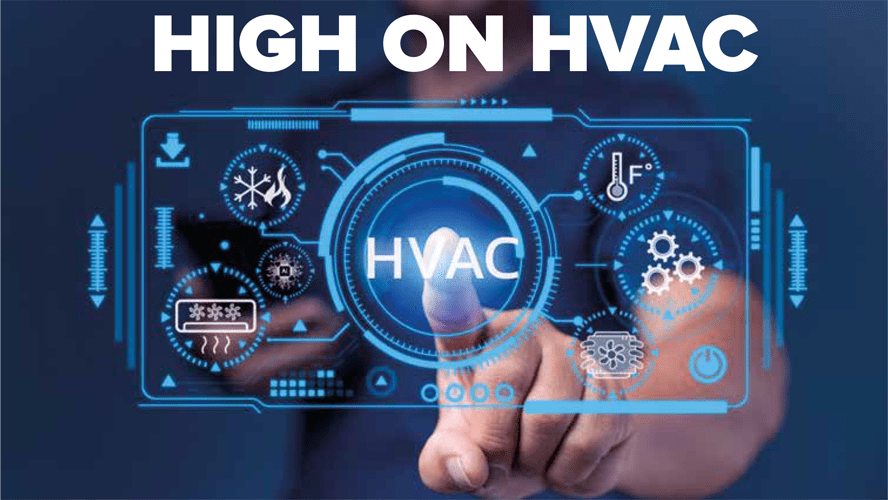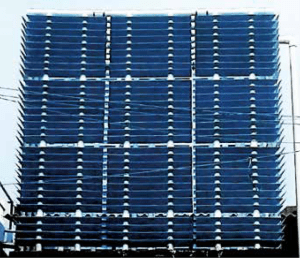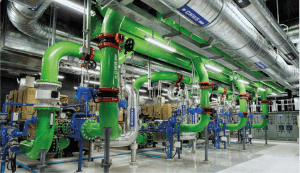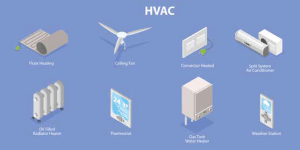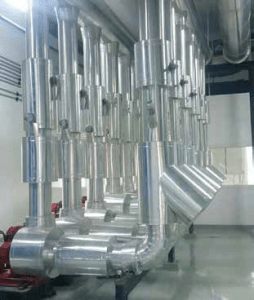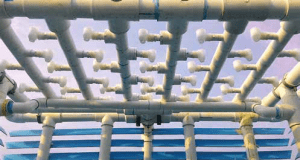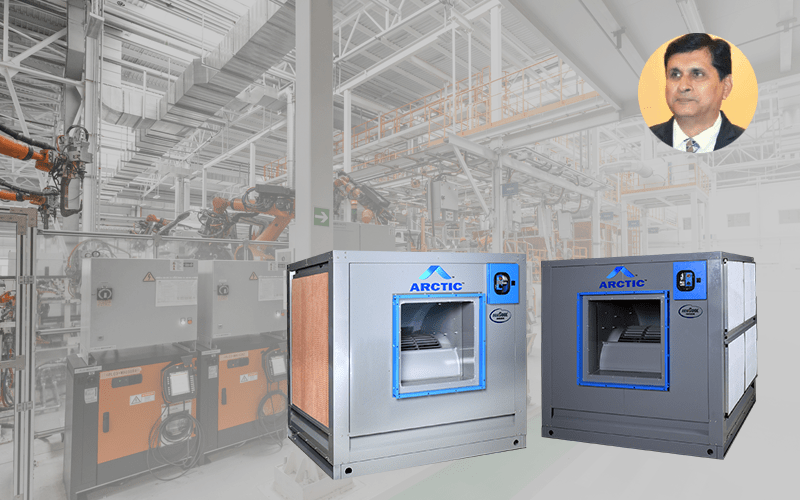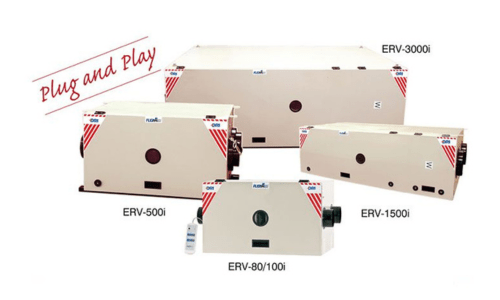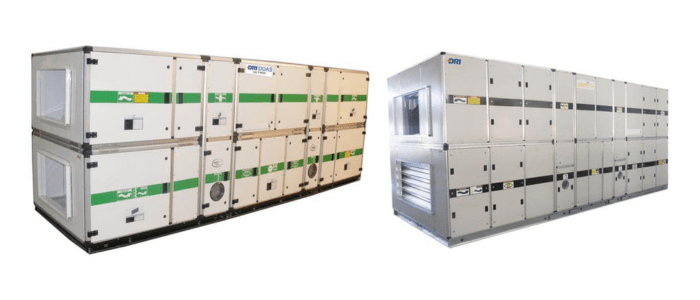Varun Pahwa, President, Desiccant Rotors International
Pollution has been a pressing concern in the national capital, especially as the city reels under the influence of deteriorating outdoor & indoor air quality. With the Air Quality Index (AQI) plummeting to the ‘severe category’ exceeding the 400 mark, people have been facing a lot of health issues. Looking at the severity of the situation, where the entire focus has been on air pollution outside, people fail to understand its significant impact on Indoor Air Quality (IAQ), which can be more contaminated as compared to outdoor air.
The IAQ further deteriorates remarkably in commercial and industrial spaces such as offices, schools, airports, hotels, etc. Such spaces are majorly characterized by the large buildings with complex structures, making it difficult for the contaminated air to find an escape. Consequently, this significantly contributes to the buildup of pollutants, dust, and allergens within the enclosed space. Moreover, with the sharp rise in pollutants such as PM2.5, PM10, carbon dioxide levels, VOCs, etc., they are responsible for giving rise to a range of respiratory issues, cardiovascular conditions, and neurological disorders.
Exacerbating the conditions further, long-term exposure to poor IAQ can lead to a condition called Sick Building Syndrome (SBS). People suffering from the condition generally experience fatigue, headaches, lethargy, nausea, wheezing, throat irritation, etc. SBS has also been linked to reduced productivity of the occupants as the unhealthy indoor air comes with the ability to severely impact the physical and mental well-being of the person.
Forcing schools to remain closed on account of poor IAQ, and even offices making major adjustments with 50% working capacity, it has a far-reaching effect on the normal functioning of commercial and industrial spaces. Therefore, understanding the repercussions, it underscores the importance of monitoring IAQ of the enclosed commercial spaces amidst rising pollution outside.
Considering that improving the IAQ can be very challenging for large spaces, installing advanced Air Purification Systems (APS) should be prioritized in the buildings. The technology comes with the proficiency to maintain good IAQ within the facility and, in turn, promotes a healthy environment for people occupying the space. It provides an innovative solution for eliminating the outdoor air pollutants at the source. Being well-equipped with honeycomb designed chemical filters it ensures 100% removal of gaseous contaminants and checks the entry of harmful particulate and gaseous pollutants at multiple levels.
This is majorly because it operates as a “beginning-of-the-tube” system, conducting purification of the air at the source with the help of advanced filtration technologies. In contrast to the standard air purifiers, which work within indoor spaces, treating outdoor air that has already entered and mixed with the indoor environment, the APS systems purge the air at the point where it enters the indoor environment. This fundamental difference positions APS as a proactive solution, addressing air quality issues before they infiltrate indoor spaces.
In addition to this, the systems maintain positive pressure across the indoor space, preventing the infiltration of contaminated air into the building. It conducts thorough cleaning of outside air with the help of proper particulate and chemical filtration before introducing it into the room. Thereby, residing well for diluting the indoor pollutants with the help of clean air outside, the systems also ensure maintenance of carbon dioxide with measuring units.
Therefore, with people taking refuge indoors with rising pollution outside, it becomes essential to deploy Air Purification Systems, especially in large buildings. This can play a pivotal role in checking the influence of outside pollution on IAQ and ensuring people are protected from a range of health problems associated with it.


